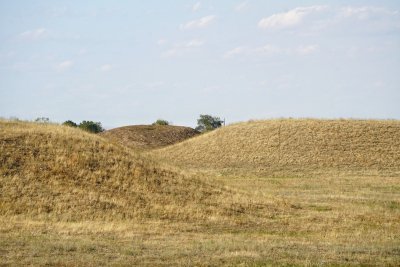Kazakhstan
Silk Roads: Early Period (Prehistory)
Site Info
Official Information
- Full Name
- Silk Roads: Early Period (Prehistory) (ID: 6567)
- Country
- Kazakhstan
- Status
-
On tentative list 2021
Site history
History of Silk Roads: Early Period (Prehistory)
- 2021: Added to Tentative List
- Added to tentative list
- Type
- Cultural
- Criteria
Links
- UNESCO
- whc.unesco.org
All Links
UNESCO.org
- whc.unesco.org — whc.unesco.org
Community Information
- Community Category
- Human activity: Transport and Trade
Travel Information
Recent Connections
News
No news.
Recent Visitors
Visitors of Silk Roads: Early Period (Prehistory)
Community Reviews
Show full reviewsKevin McFarland
Silk Roads: Early Period (Prehistory)
Silk Roads: Early Period (Prehistory) (On tentative list)

In the summer through fall of 2023, my family and I spent 6 months traveling by land from Armenia to eastern China retracing the Silk Road. Following the UNESCO tentative of sites through Central Asia proved very helpful in tracking down some relatively unknown sites that still hold value to the greater exchange of trade and religion that these ancient routes represented. One of these sites was the Early History of the Silk Roads in Kazakhstan.
While having a day to spare in Almaty, I set off to visit the Boralday Burial Mounds which lie not far from the center of the city. Several busses pass within less than 1 km from the entrance, but it still took longer than expected to reach due to the traffic which has become a problem in Almaty. Upon reaching the vast site, which appears simply a large and empty field at first, I noticed I was the only visitor save for a few police officers. They happily motioned me through the gate into the site, which has no entrance fee. Long before the height of the Silk Roads, the steppes of Kazakhstan were inhabited by Saka Nomads. As nomadic people, their cultural legacy left little remains besides circular burial mounds, known as kurgan. At the site lies 45 of these circular mounds dating from 2,500 years ago. The largest of these mounds is over 14 meters high and 100 meters wide, with well preserved objects excavated.
I underestimated the size of …
Keep reading 0 comments